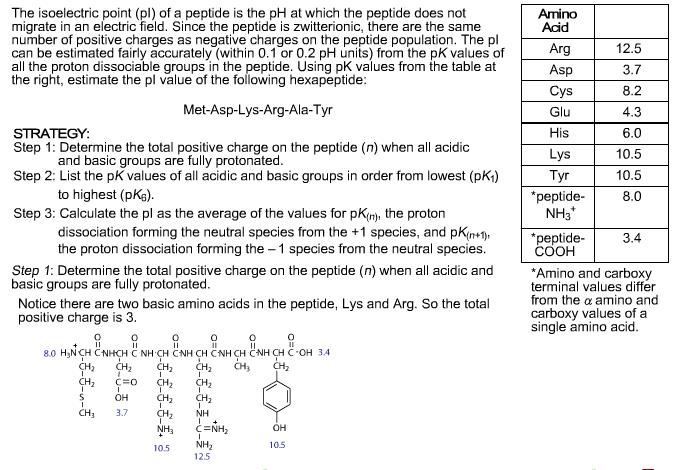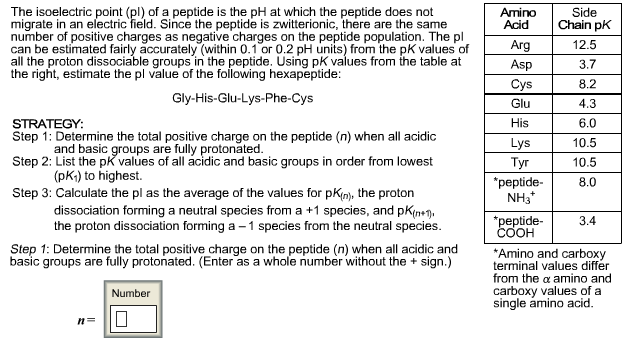

A thermodynamic model was developed and successfully utilized to correlate the experimental data. The solubility of porcine insulin in NaHCO3 solutions in pressurized CO2 was determined as a function of temperature and pressure, with a minimum being observed close to the protein isoelectric point. In this work we investigated experimental and theoretical aspects of the precipitation of porcine insulin, a biomolecule of pharmaceutical interest, using CO2 as an acid-precipitating agent. Recent works have pointed to the use of volatile electrolytes such as carbon dioxide (CO2) dissolved in aqueous solutions as a promising alternative to the precipitating agents conventionally used for protein recovery in the food and pharmaceutical industries. Apart from data for individual proteomes, datasets corresponding to major protein databases such as UniProtKB/TrEMBL and the NCBI non-redundant (nr) database have also been precalculated and made available in CSV format. The database includes various statistics and tools for interactive browsing, searching and sorting. In contrast, Archaea living frequently in extreme environments can possess proteins with a wide range of isoelectric points. For instance, using Proteome-pI data, it is clear that Eukaryotes, which evolved tight control of homeostasis, encode proteins with pI values near the cell pH. Moreover, Proteome-pI facilitates statistical comparisons of the various prediction methods as well as biological investigation of protein isoelectric point space in all kingdoms of life. The database, available at allows the retrieval of virtual 2D-PAGE plots and the development of customised fractions of proteome based on isoelectric point and molecular weight. The iso-electric point, the pH at which a particular molecule carries no net electrical charge, is an important parameter for many analytical biochemistry and proteomics techniques, especially for 2D gel elec-trophoresis (2D-PAGE), capillary isoelectric focus-ing, liquid chromatography–mass spectrometry and X-ray protein crystallography.

Proteome-pI is an online database containing information about predicted isoelectric points for 5029 proteomes calculated using 18 methods.


 0 kommentar(er)
0 kommentar(er)
